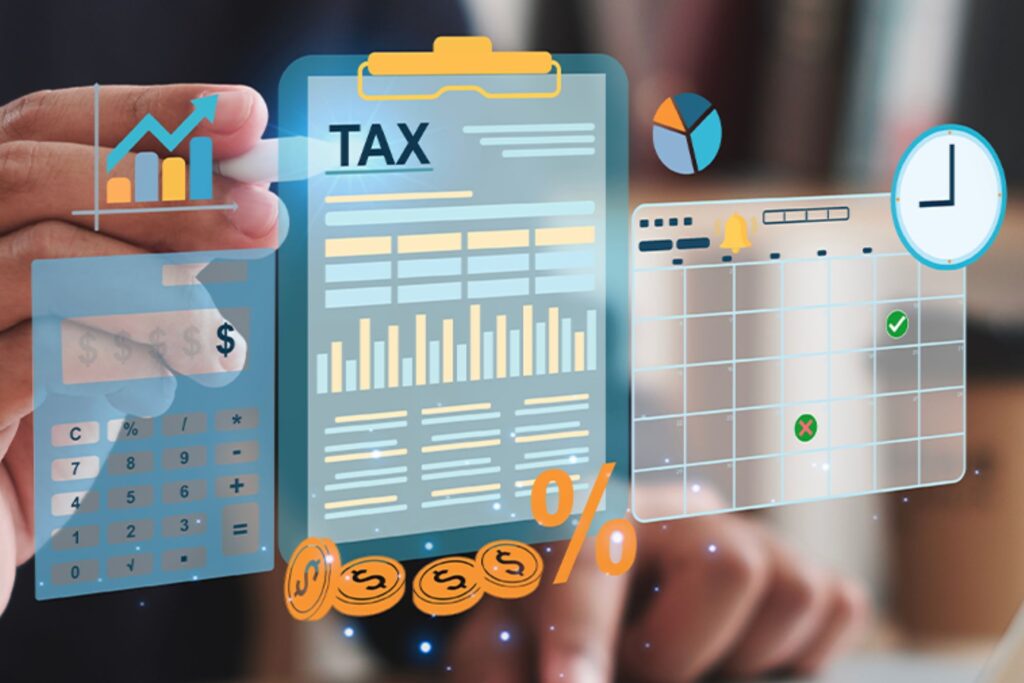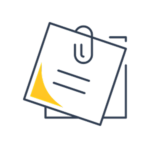3 Tips to Maximise Your Tax Return
Preparing your business tax return as a small business owner may feel daunting and complex, but it doesn’t have to be! By properly using your business tax return to reduce your tax burden, you may have more to reinvest in your business, fuelling future growth.
Here are our top tips to help you optimise your financial returns during tax time.
Tip 1: Organise Your Financial Records
Properly organising your financial records like business receipts, invoices, and bank statements may help you to claim deductions you’re entitled to. Keeping these documents stored safely in both physical and digital format is the best method to make sure that nothing gets lost.
The Government recommends keeping these documents for 5 years, starting from when you obtained the records or completed the transactions.
When it comes to physical documents, consider storing them in chronological order or by category in a secure location. Complement this by backing everything up digitally or in the ATO’s myDeductions app, giving each file an identifiable name that includes the date and category of expense.
While you can develop your own system, investing in record-keeping software like QuickBooks, Xero, or MYOB can help simplify this process, making it easier to track expenses and manage your deductibles.
Tip 2: Understand Deductible Expenses
You may be able to claim deductions for business expenses that directly contribute to your income. This includes office furniture and stationery, mileage for business-related car travel, or costs for online marketing. Expenses like these are called “deductible expenses”.
There are two types of deductible expenses: capital expenses and operating expenses. It’s important to know the difference between these to ensure you accurately report your taxes.
Capital expenses can either be classified as:
The expense of a depreciating asset – including the amount you paid for the asset and the expense of transporting and installing it,
Or an expense associated with establishing, replacing, enlarging or improving your business.
Generally, you claim capital expenses over time, reflecting the asset’s depreciation. Examples may include computers, POS machines, or other equipment.
Operating expenses are incurred in the everyday running of your business. You claim most operating expenses as a tax deduction in the year you incur them. These may include lease payments, internet service provider fees, and staff salaries.
Tip 3: Use Tax Software (Optional)
Although it’s not essential, using tax software may make managing your taxes much simpler and help you take full advantage of the deductions available to you.
This software may simplify the tax filing process, reducing the chance of errors in your return, doing the calculations for you, and keeping you on track with deadlines.
Conclusion
Effectively managing your tax return can help improve or maintain the financial health of your business. For detailed and personalised guidance that fits your business’ specific needs, we recommend speaking with a financial advisor.
Disclaimer: This information is for general information purposes only. The information contained herein does not constitute financial or professional advice or a recommendation. It has not been prepared with reference to your financial circumstances or business and should not be relied on as such. You should seek your own independent financial, legal and taxation advice as to whether or not this information is appropriate for you.




